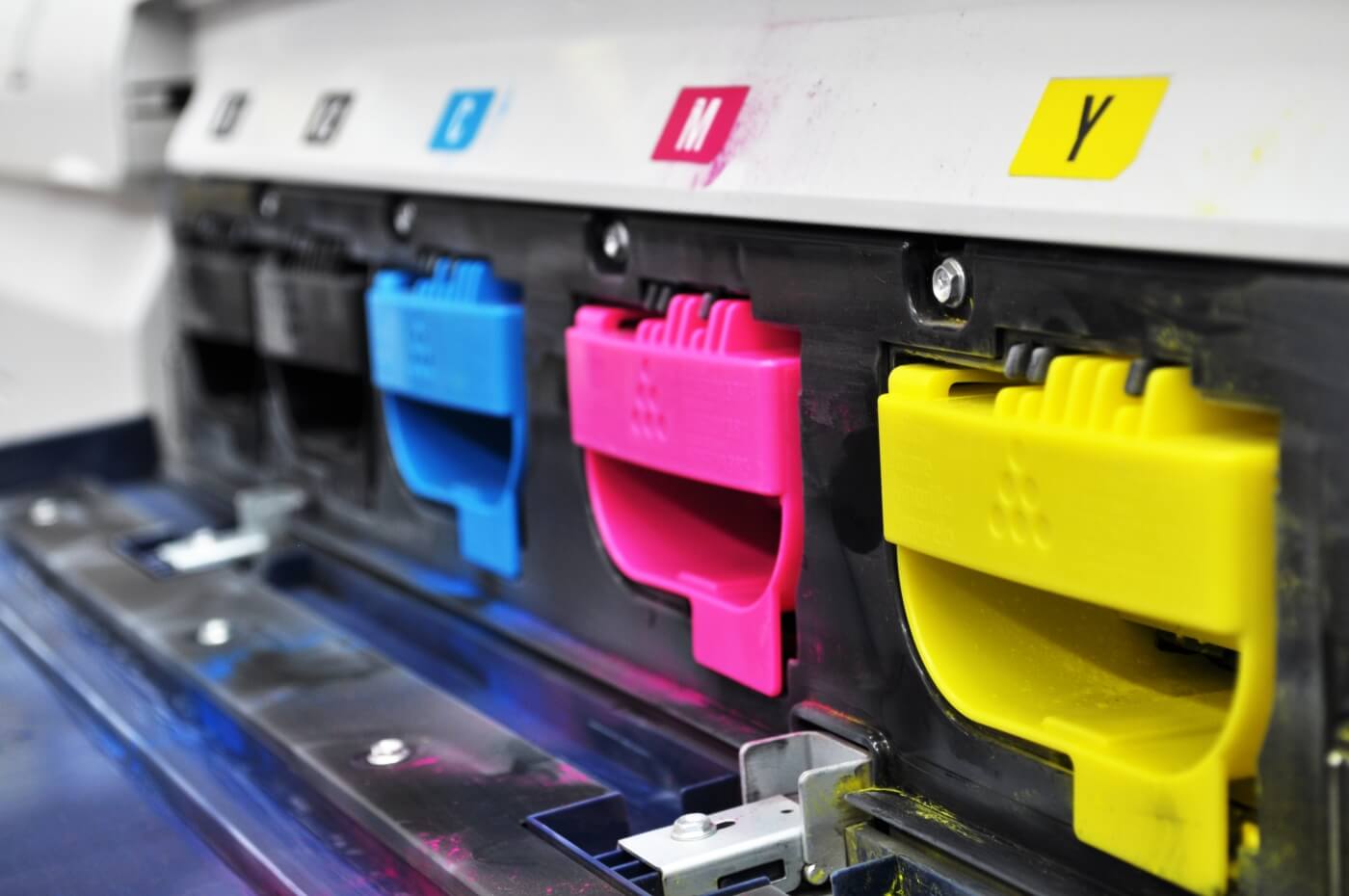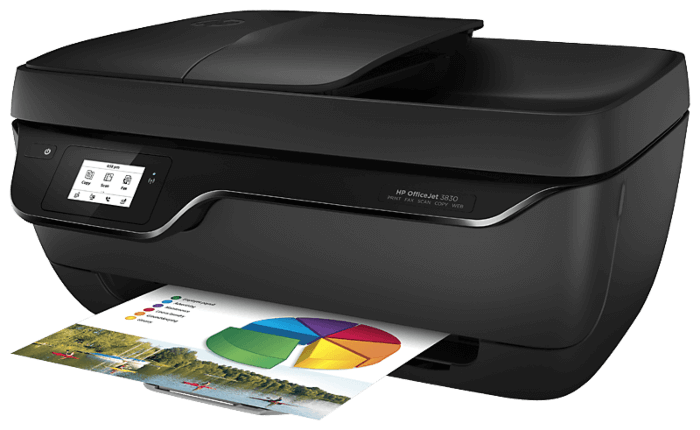In brief: HP and several other printer manufacturers have made a killing over the years by selling printers relatively inexpensively to get you into their ecosystem then charging a small fortune when it comes time to replace the ink cartridges.

It was so bad, in fact, that I know of at least one person that would simply buy a new printer whenever he ran out of ink because it was cheaper than buying replacement cartridges. And at the local computer shows I used to attend in the early 2000s, I can recall several vendors offering “custom” printer solutions that would bypass traditional printer cartridges in favor of tubes that fed into giant bottles of cyan, magenta, yellow and black ink.
This sort of sales strategy isn’t exclusive to the printer industry, either. Razor manufacturers are more than happy to sell their handles to customers at a reasonable rate then turn around and charge an arm and a leg for replacement cartridges.
The HP OfficeJet 3830 All-in-One is Amazon's best selling printer for just $59.89 with pretty positive reviews.

Fortunately, there might be some relief in sight.
HP is moving away from the "razor/blade" model for printers because 20% of their customers don't print enough or buy enough ink to be profitable, according to Morgan Stanley analysts in a note today
— kif (@kifleswing) January 9, 2020
According to a recent research note from Morgan Stanley, HP is considering moving away from the model as 20 percent of their customers don’t buy enough ink or print enough to be profitable. The bad news, conversely, is that the initial cost of printer hardware might climb as a result.
For many, it may be worth reconsidering your needs. I know that once I got out of college, and especially once smartphones took off, my need for a printer dropped significantly. Now, I’m able to get by with a simple laser printer. It may not print in color, but that hasn’t been a concern for close to a decade now.
Masthead credit: Ink by pticelov
https://www.techspot.com/news/83561-hp-might-start-making-ink-cartridges-more-affordable.html